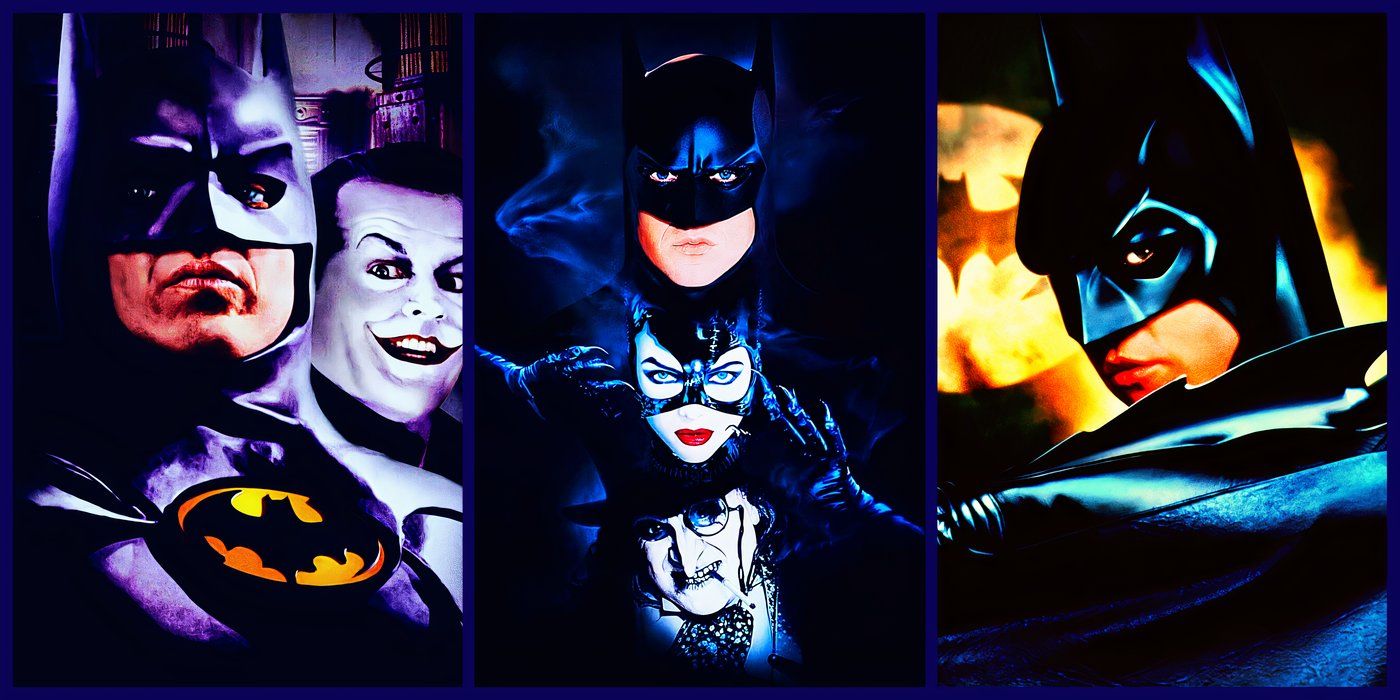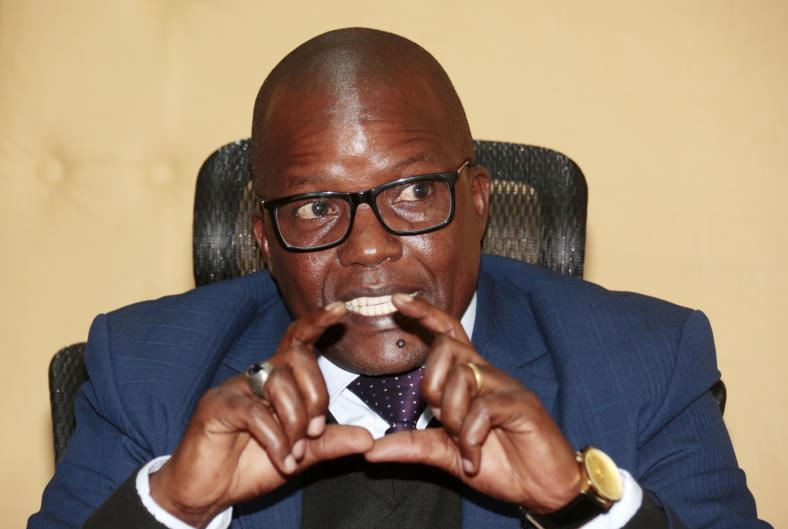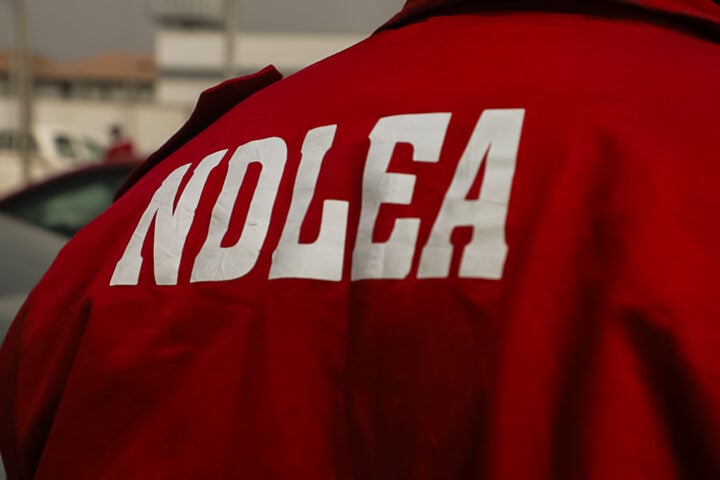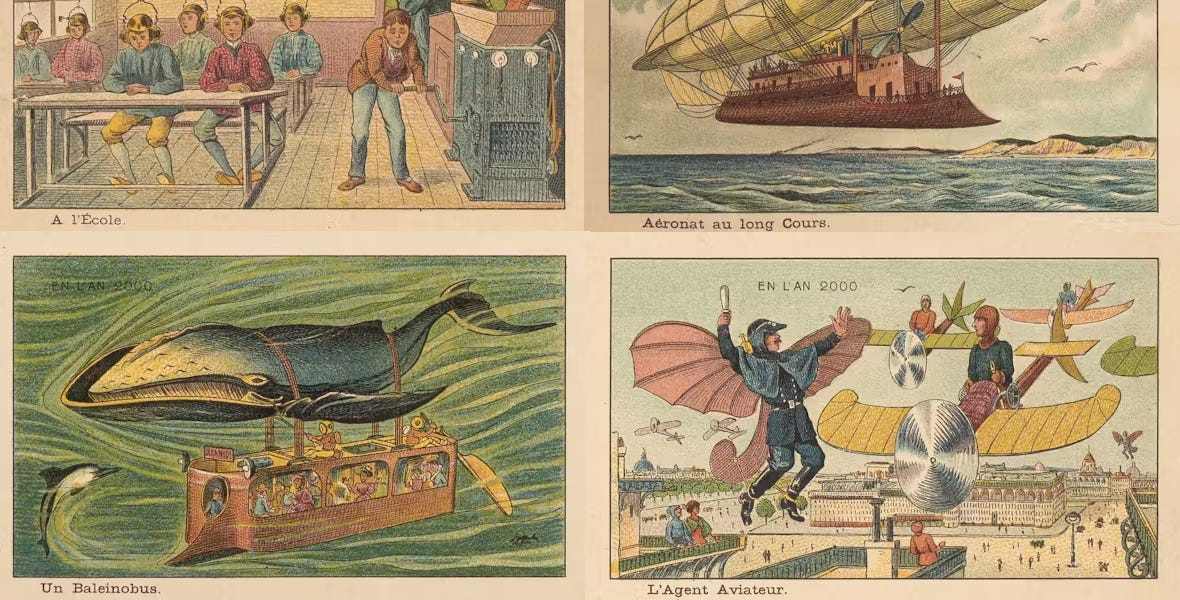Over more than eight decades, Batman has become one of the most celebrated franchises in the world of comic book heroes and established a massive following. The Dark Knight has a storied history, both in character and in the real world, that encompasses numerous comics, shows, and movies. In that time, Batman has acquired a Rogue's Gallery that includes dozens of villains, ranging from the terrifying to the ridiculous. His best villains, however, and the ones that contributed to his best movies, are the ones that reflect characteristics of Batman himself.
From the Joker and Penguin to Ra's al Ghul and Bane, the greatest and most memorable Batman villains serve as dark mirrors to the titular hero. These connections aren't always obvious and some are stronger than others, but they all embody some aspect of Batman. Often, they force the Caped Crusader to confront his own nature, what he does, and how he affects others. At their best, they challenge fans to consider these questions and think more deeply about Batman and his role in Gotham City.
The two members of the League of Shadows open and close Christopher Nolan's Batman trilogy and pose similar threats to Gotham City. Intent on destroying the metropolis that has grown corrupt and violent, they believe they are serving a greater good, even as they plot to murder millions of innocent people. While Batman ultimately confronts and defeats them, they serve as a reminder of the dark path he has chosen and challenge the very idea of his mission and his methods.
Whether or not he'd like to admit it, Batman has a great deal in common with Ra's al Ghul and Bane. At their heart, they are all vigilantes, disgusted with crime and the inability of the legal system to stop it. Faced with ever more brazen criminals and corruption within law enforcement, they have concluded that it is just to take matters into their own hands and fight crime outside the law, its regulations, and its limitations. The primary difference between them is that, while Batman still holds himself to certain moral standards, having compassion for those he protects, the members of the League of Assassins have embraced something akin to nihilism, arguing that nothing can be wrong in the face of so much evil.
In adopting Batman's goals, but with more extreme methods, Ra's al Ghul and Bane hold up a mirror to The Dark Knight, reflecting what he might have become. It's notable that, in Batman Begins, a young Bruce Wayne comes very close to murdering the man who killed his parents and then takes a gun to confront mob boss Carmine Falcone. He later, briefly, joins the League of Shadows and is trained by Ra's al Ghul. Looking back, Batman very easily could have become a cold-blooded killer and merciless vigilante. It's only by constantly holding himself in check and imposing rules on himself that he avoids becoming like the man who trained him.
In defeating the League of Shadows, Batman proves that his methods work and that he's better than Ra's al Ghul and Bane. Still, both leave lingering questions behind. In taking control of Gotham and demonstrating how quickly the city could descend into chaos, he suggests that it's not worth saving and that Batman is foolish to rely on half-measures. In the end, both villains make for such great stories because they challenge the hero not just physically, but philosophically.
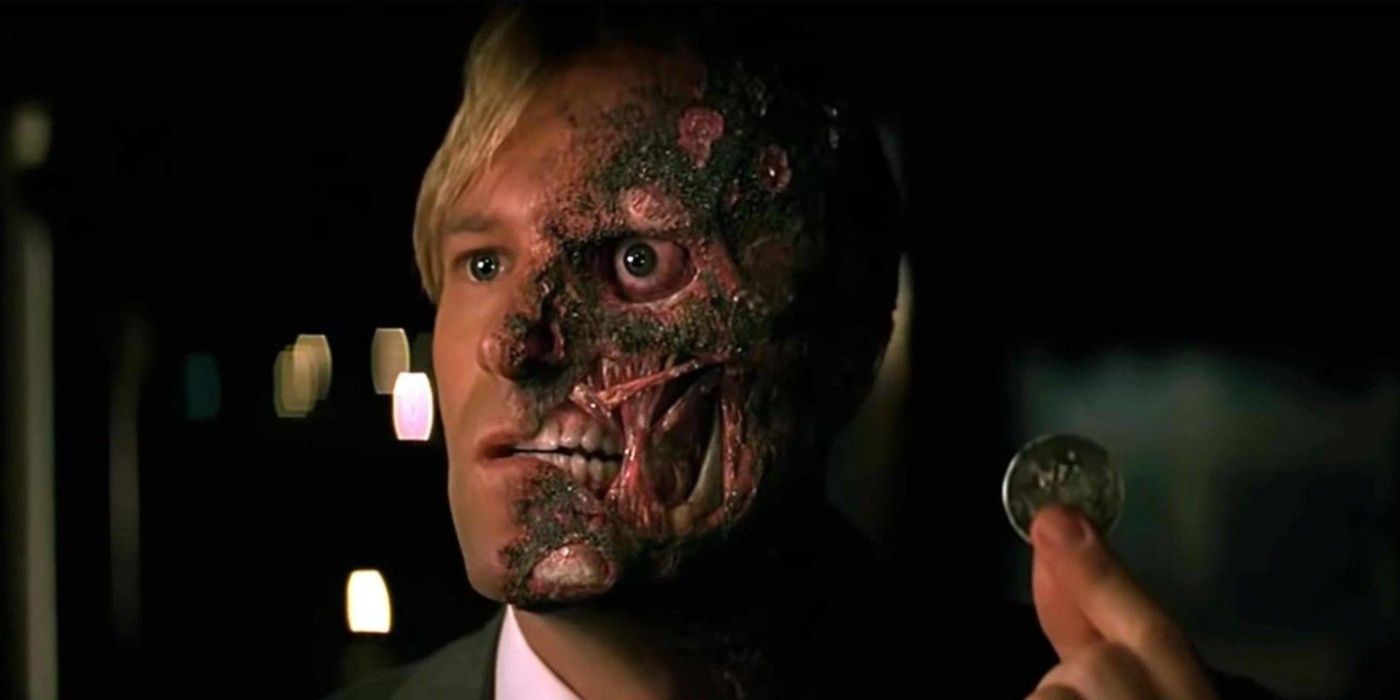
Though a vigilante, Batman plainly still has hope in the law, a belief in rules and order, and a desire to eventually put aside his cape and cowl and leave crime fighting to the police. He walks a fine line, keeping one foot on both sides of the law. He allies with Commissioner Gordan and always leaves his foes to be arrested and tried in court, but he operates without any oversight and holds himself to no constitutional limits or legal standards in how he investigates criminals. In many ways, he has two radically different sides, not unlike one of his deadliest opponents.
While his backstory has changed slightly over the years, Two-Face has always been a man pulled in two directions. Originally a champion of the law, Harvey Dent served as a district attorney in Gotham City, working within the system to fight crime and put dangerous people behind bars. His terrible disfigurement left him scarred physically and mentally, leading him to adopt a persona obsessed with duality and a twisted sense of justice. Like Batman, he attempts to walk a fine line, but always finds himself falling on the wrong side of the law.
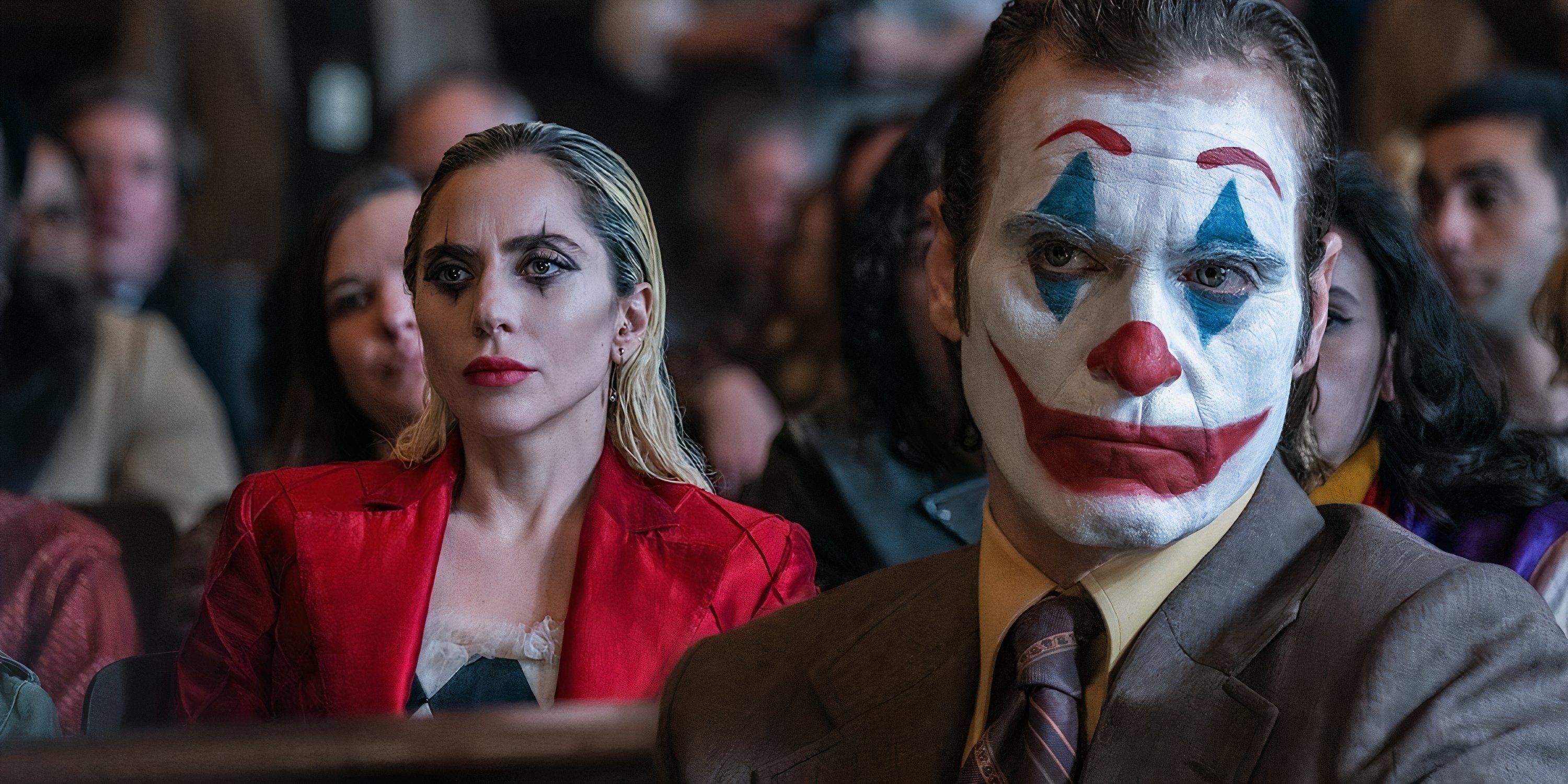
Related
Joker: Folie a Deux Reinvents Another Iconic Batman Villain With a Surprising Twist
Todd Phillips' Joker: Folie à Deux repurposes one of Batman's most cerebral Gotham City villains with a unique, heartbreaking twist.
In Nolan's The Dark Knight, in particular, Two-Face appears as a tragic character, struggling to reconcile his past belief in law and order with the new cynicism he develops after his injury and the loss of the woman he loves. Faced with competing desires to remain true to his old sense of justice and his new impulse to simply burn everything down, he splits the difference, relying on chance and the flip of a coin. Where Batman embraces the struggle of making choices as he navigates his dual life, Two-Face leaves it all up to luck.
Two-Face highlights Batman's ability to operate on both sides of the law and warns against what would happen if the Caped Crusader ever slipped in maintaining his balance. It's telling that, at the end of The Dark Knight, Batman takes credit for Two-Face's crimes and goes on the run from the police. From the beginning, Bruce Wayne saw something honorable in Harvey Dent and a kindred spirit in his war on crime. It was easy for him to pretend to adopt Two-Face's methods to protect and honor the memory of the man he might have been.
Perhaps the most important element of Batman's backstory and the one piece of lore that remains in every iteration of the hero is the murder of his parents, Thomas and Martha Wayne. The horrifying senseless act of violence shaped young Bruce's identity and ultimately drove him to adopt the persona of Batman and embark on his quest to save Gotham City. In short, Bruce Wayne was shaped by one bad day that changed the trajectory of his entire life.
While it has never been definitively established what happened, and the mystery is certainly part of the allure, it has been hinted that the Joker was also shaped by some tragic and criminal incident in his past. Whether it was the murder of a loved one or an attack on himself, he experienced some sort of horror and, rather than choosing to fight against similar acts of violence, he broke completely. The Joker embraced the absurdity of the seeming randomness of life's cruelties and became the embodiment of it. In comics like The Killing Joke and in the movie The Dark Knight, he's even driven to prove to others that everyone will eventually snap in the face of suffering.
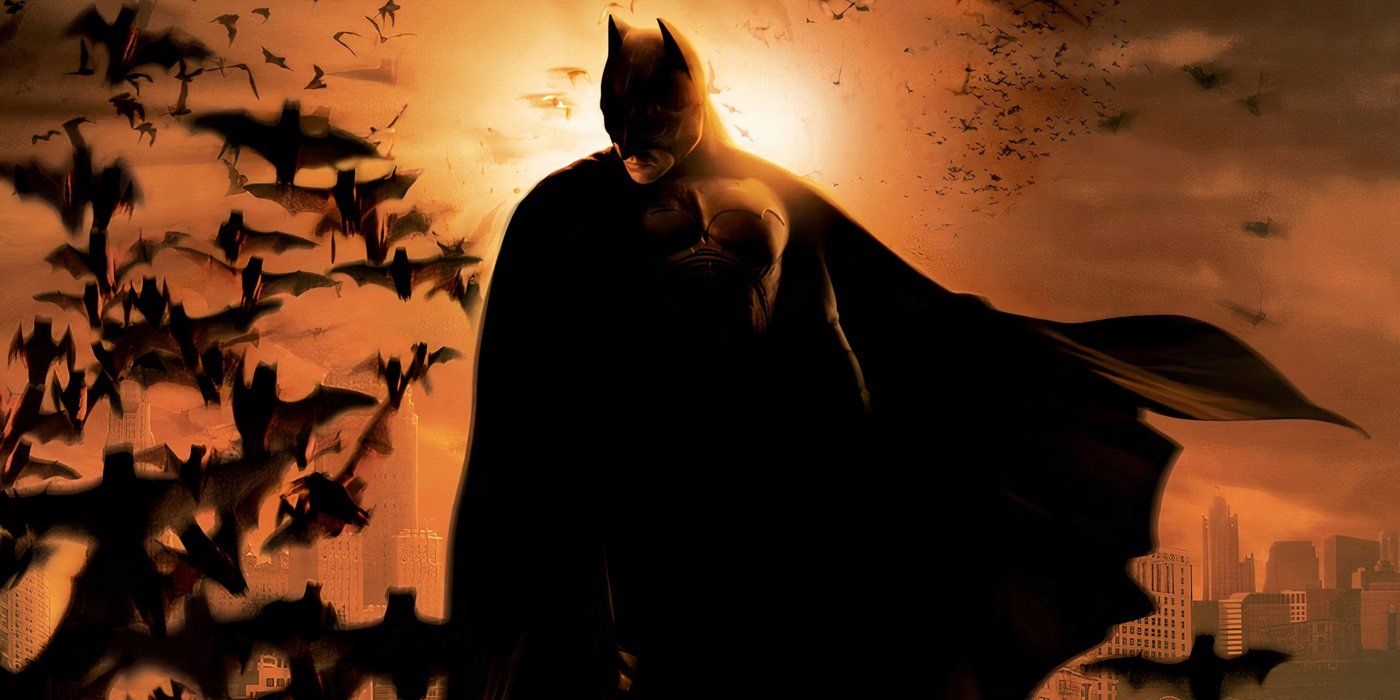
Related
Christopher Nolan Left Out the Most Obvious Batman Character From His Dark Knight Trilogy (& James Gunn Can Finally Fix That)
With James Gunn and Matt Reeves offering different takes on Batman, there's a chance for one of his most underrated love interests to appear.
In adopting this philosophy, the Joker is the ultimate foil for Batman. Where the Joker was driven mad by tragedy, Batman was strengthened by it. Both are motivated by the experiences of their past but seek opposite ends. While Batman seeks to find meaning in what happened to him, trying to turn his pain into a cause, the Joker sees only meaninglessness and a need to impose that vision on others.
From fellow vigilantes to psychopathic killers, all the greatest Batman villains are dark reflections of the noble hero. They highlight his best characteristics and principles and force him to defend them against competing worldviews. Thus, it's not surprising that these antagonists have been at the heart of some of Batman's best films.
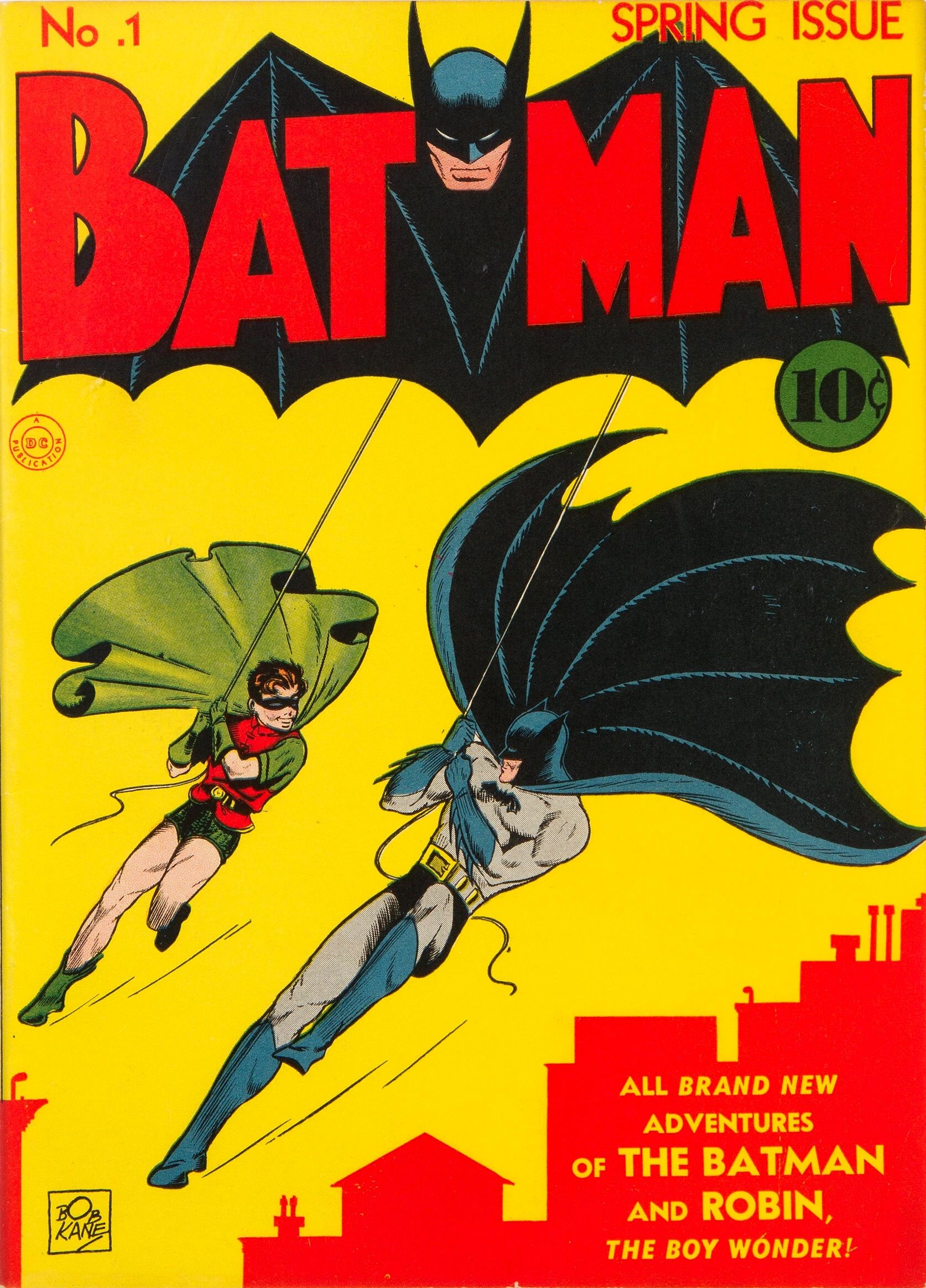
Batman
- Created by
- Bill Finger, Bob Kane
- First Film
- Batman: The Movie
- Latest Film
- The Batman
- Upcoming Films
- The Batman – Part II
- First TV Show
- Batman
- Latest TV Show
- Batman: Caped Crusader
